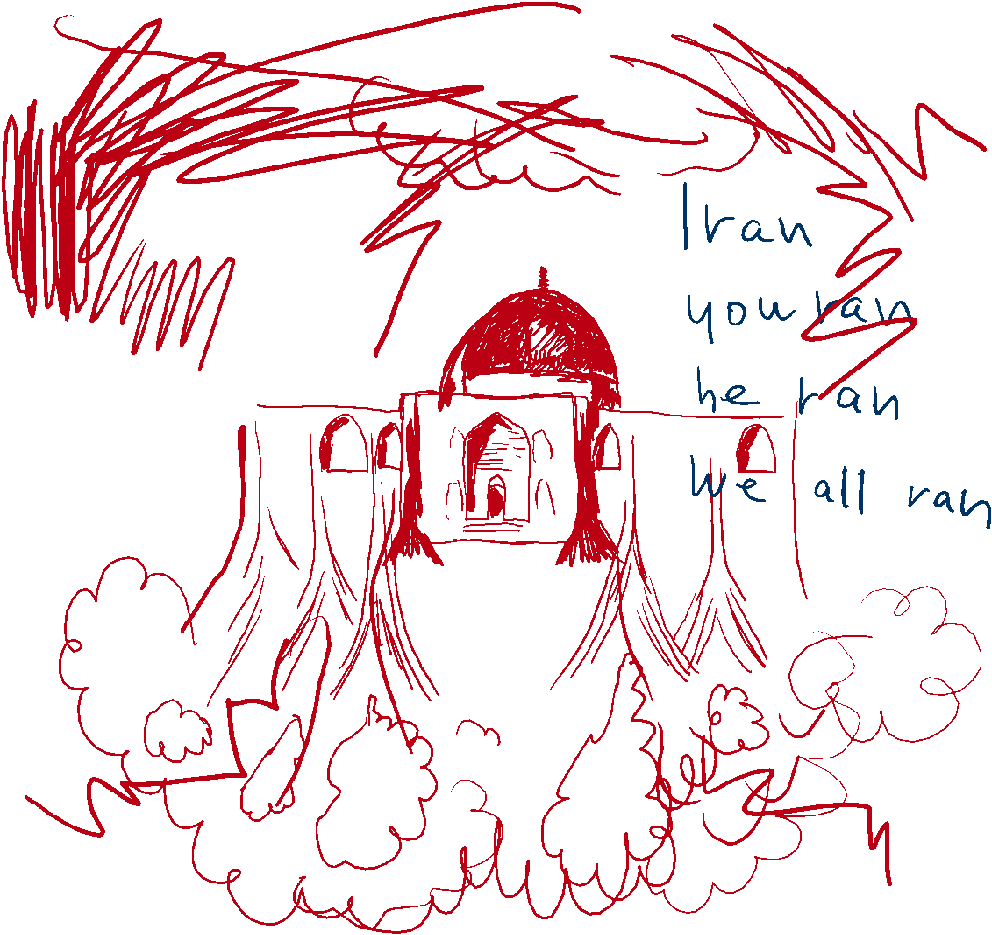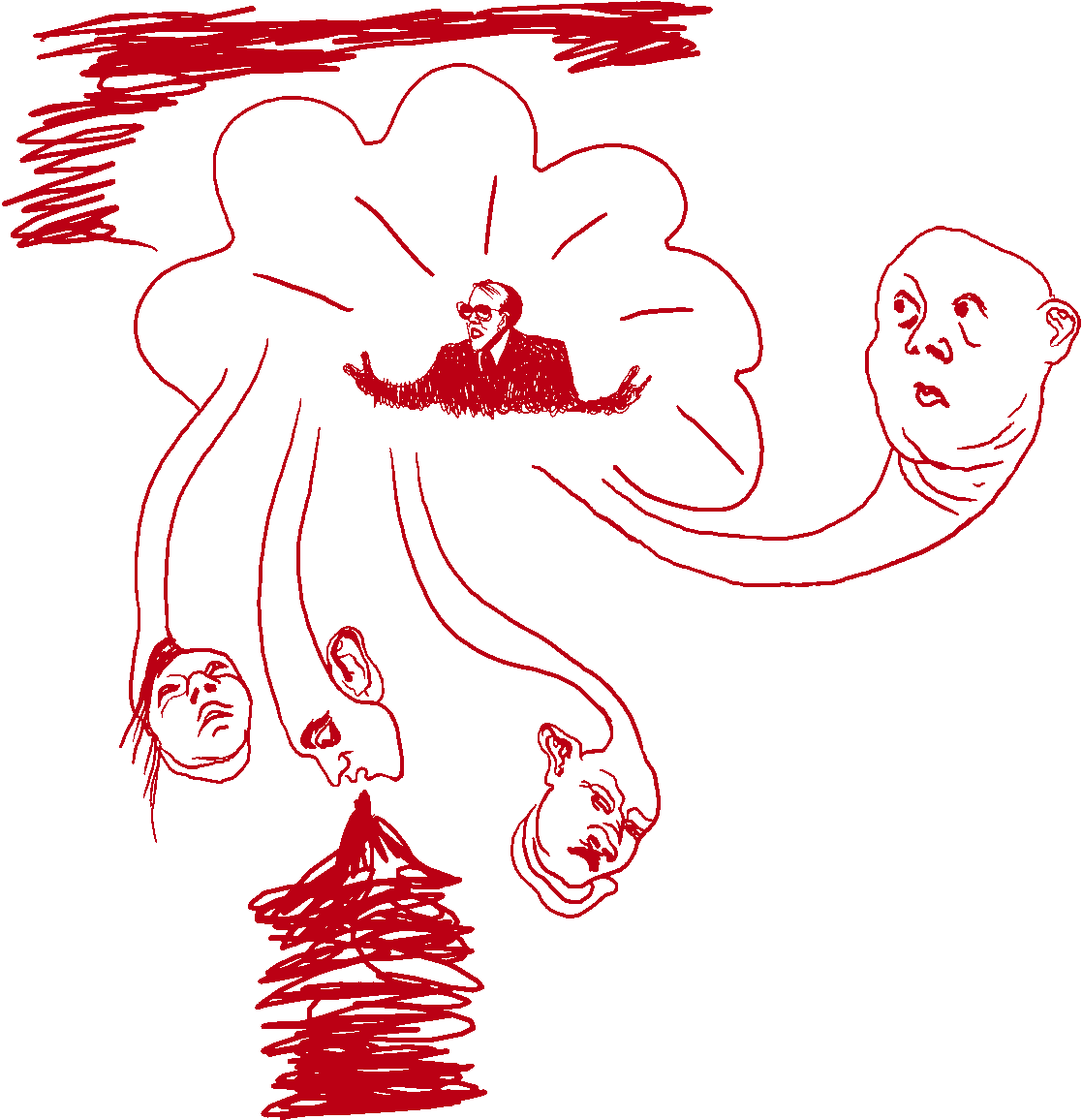
Choreographer Alvin Ailey poses for a portrait by Jack Mitchell in 1962. Ailey was born 86 years ago in Rogers, Texas. He grew up in a world of segregation and extreme poverty, but he became a pioneer in the world of modern dance and founded the Alvin Ailey American Dance Theater in 1958.

Ailey and other dancers perform Ailey's "Revelations" in 1961. "This dance has been done more than any other dance ever, in anybody's repertory, and there's a reason for it and there's a reason why people request it," said Judith Jamison, who joined the Alvin Ailey American Dance Theater as a dancer in 1965 and now serves as artistic director emerita. "It works because it speaks no matter where we do it around the world. Everybody understands what it is: Trial, tribulation, triumph. Trial, tribulation, triumph. Trial, tribulation, triumph. That's saying it very simply, but it's about a people rising and celebrating their great faith. But about who they are as people, and then rising, lifting themselves up. And as they do that, it lifts the audience."

Renee Robinson and Carl Bailey perform Donald McKayle's "Rainbow 'Round My Shoulder" at the Alvin Ailey American Dance Theater in 1989. The dance company is based in New York City.

Gary DeLoatch performs in "For 'Bird' - With Love." Ailey choreographed this piece as a tribute to jazz musician Charlie "Bird" Parker. Any choreographer can tell a dancer what steps they'd like to see them perform, Jamison said, but what made Ailey different were the personal connections he had with fellow dancers. "His ideas continue to this day because of his genius as a choreographer, because of his contribution to the American cultural heritage that we have in this country and because he understood dancers and he cared about us as people first," Jamison said.

Members of Ailey's dance company perform Bill T. Jones' "Fever Swamp" in 1983.

Ailey and Carmen de Lavallade in "Roots of the Blues," which Ailey choreographed in 1961. "I'm not a black choreographer," he once said. "I'm not a black anything. First of all I'm a human being. And I really don't like being put into a box."

Ailey lifts de Lavallade in "Roots of the Blues" in 1961. "He's a black man who happens to be an artist that decided he would celebrate his voice -- as multilayered as that is," Jamison said. "I think that's very important to remember, that he was championing what it is to be an artist, what it is to be an African-American artist, what it is to be a man -- you can just keep going on and on and on. And he did it so well."

Desmond Richardson performs "Revelations." "There was always, unless the ballet was abstract, a message about our humanity," Jamison said of Ailey's work. "About who we are as people and who we are as artists."

Don Bellamy, Robinson and Nasha Thomas in "Revelations." To this day, Ailey's vision for what dance could be continues to attract all kinds of people from around the world. "He was able to generate interest in what modern dance could be, concert modern dance could be, and then have people flock to it because they felt involved," Jamison said. "Because they felt emotionally involved, spiritually involved and were lifted when they left the theater. Well, the dancers feel that way when they're dancing. There are not very many people that can give you that -- that can lift you spiritually, physically, emotionally. He gave that to all of us."

Jamison, seen here in "Revelations," first saw Ailey perform in 1963 while she was a student in Philadelphia. There were only eight members in the dance company back then. "He wanted to have the Alvin Ailey American Dance Theater be a magnet for everyone to come and study dance and have a residence, and it just happened to be that under my watch that we actually got a building to house that light," Jamison said.

Ailey and Jamison pose for a photograph. "You knew you were standing in the presence of a marvelous human being," Jamison said of Ailey. "One who happened to be richly talented and that cared about you and that had a major purpose."

Ailey in "Hermit Songs." This piece is based on a priest and his solitude and contemplation, Jamison said. Although she never saw Ailey himself perform this solo, it's one "where you could see Mr. Ailey's thought process when it came to expressing what it is to be human." She said Ailey "was concerned with something more than technical prowess. We had to have it, but you also had to be able to touch a mind and a heart and spirit with what you had to say as a dancer and what he had to say as a choreographer."

From left, Marilyn Banks, Dudley Williams, Ailey and DeLoatch are photographed in 1988.

Ailey is surrounded by his fellow dancers in 1978. He was 58 years old when he died from a rare blood disorder in 1989. "There's a constant bright light that informs all of us past his death," Jamison said. "He would be 86 now, on January 5, but his light still shines in everything that we do. He's very much alive in us." The Alvin Ailey Dance Theater is set to begin their 2017 US tour in February.


